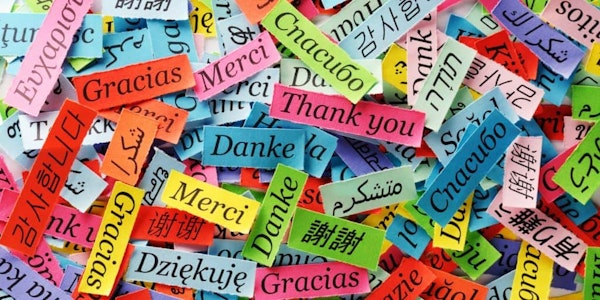This course designed at HSE University gives insights into the importance of multilingual learning in the linguistically and culturally diverse world. It is based on recent studies and case discussions.
Several important questions are tackled during the course:
• At what age should children begin to learn a second language?
• Do bilingual and multilingual children show better performance at school?
• How to distinguish between favorable and unfavorable language and education policies?
• How are multilingual and/or multicultural classes different from usual ones and what obstacles do teachers and students have to deal with?
• How can institutions enhance multicultural and multilingual education process?
After finishing this course, the students will develop the following skills:
• assess different teaching methods used in multilingual and multicultural classrooms;
• assess different language approaches and organizational tactics employed in multilingual learning environment;
• gain deeper understanding of the demands pupils have in a multilingual/multicultural classroom;
• apply the theory from the online lectures in multilingual/multicultural classrooms;
• work with the immigrant students or those who have a minority language as L1.
This course will be useful primarily for teachers, students specializing in education/language and linguistics, researchers in language/education policy as well as for those who want to grasp the multilingual approach.
The topic is of great interest now as globalization has an impact on different areas of our lives, and it can bring benefits, especially to those who are flexible or try to improve/alter their career.
Several important questions are tackled during the course:
• At what age should children begin to learn a second language?
• Do bilingual and multilingual children show better performance at school?
• How to distinguish between favorable and unfavorable language and education policies?
• How are multilingual and/or multicultural classes different from usual ones and what obstacles do teachers and students have to deal with?
• How can institutions enhance multicultural and multilingual education process?
After finishing this course, the students will develop the following skills:
• assess different teaching methods used in multilingual and multicultural classrooms;
• assess different language approaches and organizational tactics employed in multilingual learning environment;
• gain deeper understanding of the demands pupils have in a multilingual/multicultural classroom;
• apply the theory from the online lectures in multilingual/multicultural classrooms;
• work with the immigrant students or those who have a minority language as L1.
This course will be useful primarily for teachers, students specializing in education/language and linguistics, researchers in language/education policy as well as for those who want to grasp the multilingual approach.
The topic is of great interest now as globalization has an impact on different areas of our lives, and it can bring benefits, especially to those who are flexible or try to improve/alter their career.




